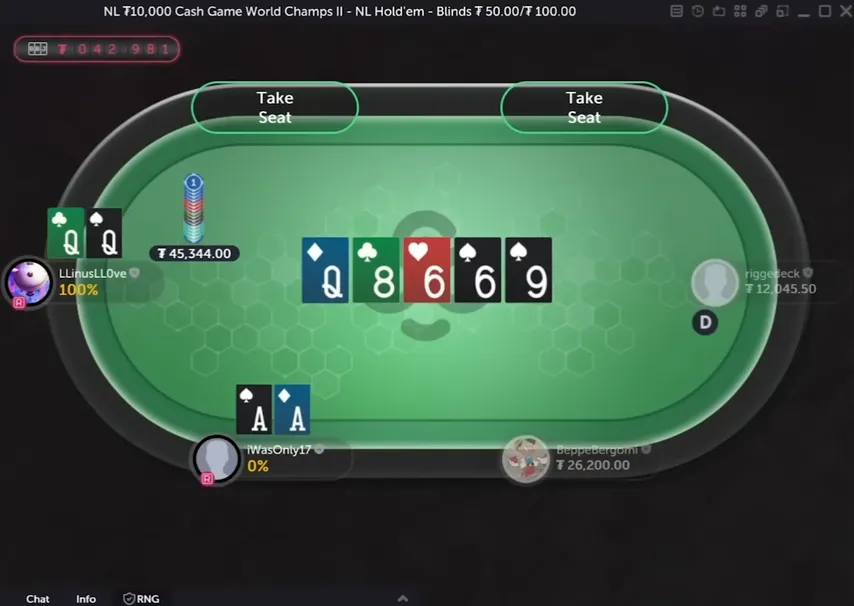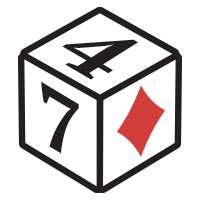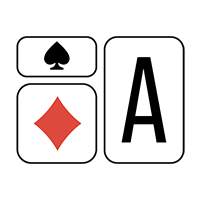It's the new year, and having Aces is still one of the best feelings you can have at the poker table. But what do you need in 2025 to not only survive but also excel in a pool full of players that are better than ever?
What do you do when life gets tough?
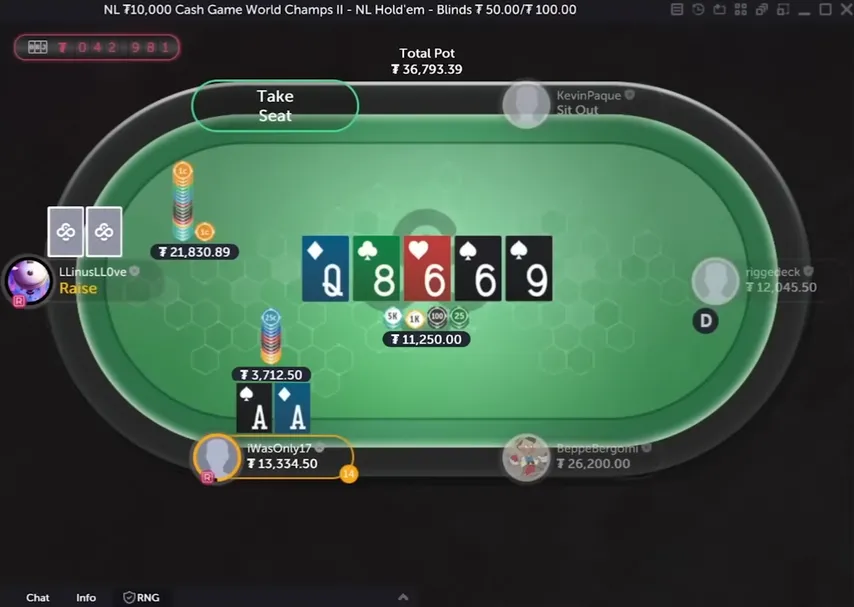
Well, today we'll cover exactly what you need to win in today's games and how the best of the best do it. But to understand that, let's first have a look at what's going on in this hand and who these guys actually are.
This guy is none other than Barak Wisbrod ("IWasOnly17"), one of the biggest money printers in GGPoker's high-stakes games in recent years. However, that came to an end when GGPoker decided to ban all the elite players from their high-stakes games and replace them with an empty lobby only accessible to so-called VIP players.
The pros are back on a new site and battle it out in the Cash Game World Championship on CoinPoker. Being rake-free, this is exactly what we all want to see: a place where the world’s most elite players can grind it out and determine who is the best of the best. Of course, that couldn’t happen without the one and only LLinusLLove.
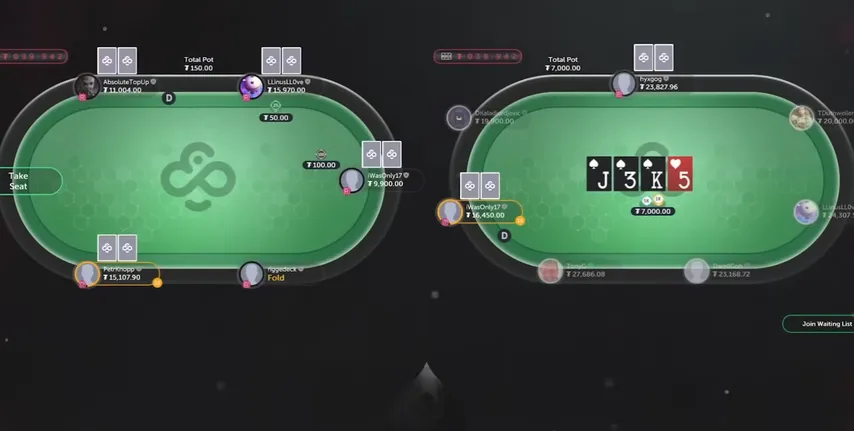
So, what do you need to actually have a chance at winning in a pool that is filled with good or even great players? First, you'll need to have at least somewhat of a GTO foundation. For these stakes, especially, but also on lower stakes games, you must know basic structures of pre-flop ranges and post-flop mechanics, which include bet sizes and the according ranges. For this hand, it would look as follows.
Here, we are 200 big blinds deep, which means our 3-betting range wants to include more suited hands and is a bit less polarized than with 100 big blinds deep.
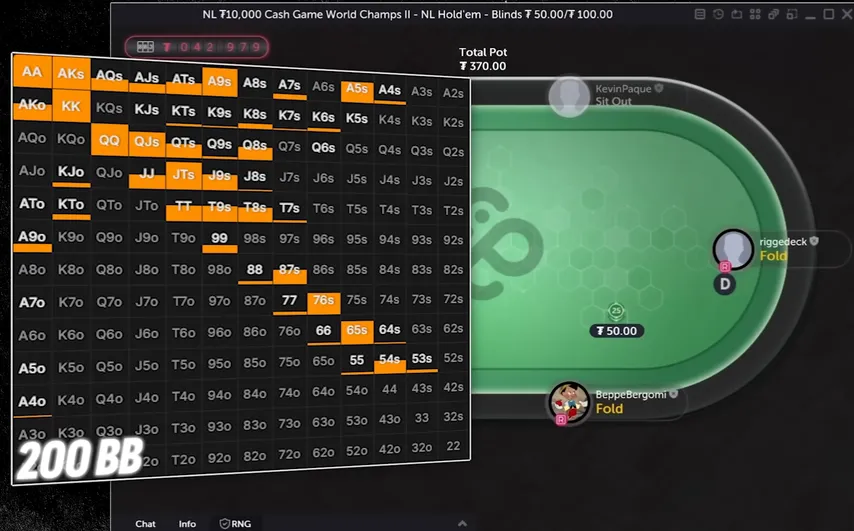
Linus’ range is wider with 200 big blinds as he can call more suited hands than with 100 big blinds. On a somewhat connected flop, both players have a lot of hands that hit a pair or draw and relatively few hands with extremely low equity that cannot continue. So, a medium size of 50% pot is the solver’s preferred c-bet size, and Aces almost always bet.
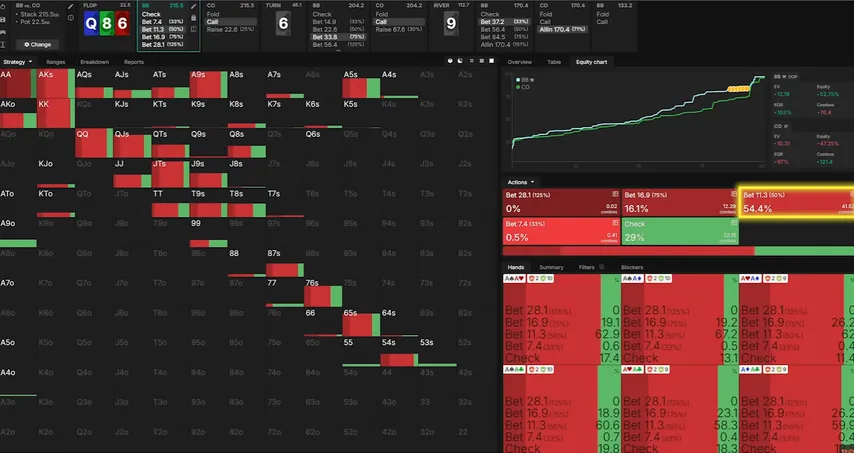
We can expect Linus to fold many Ace-highs and King-highs, especially those without backdoor or flush draws, which are exactly those hands with extremely low equity, but apart from some low pocket pairs, nothing else folds.
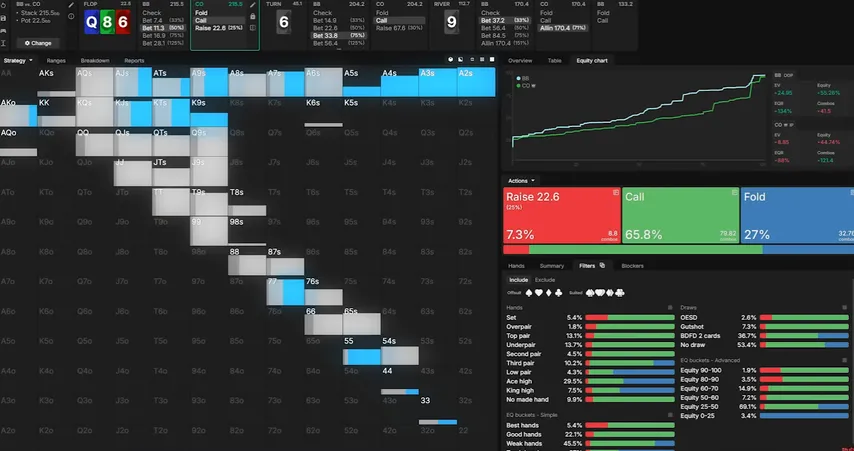
The on the turn doesn’t actually change a lot because we would 3-bet a lot of suited connectors pre-flop, and both players still have roughly the same amount of trips and better. As on the flop, our most frequent hand class to have here is still an over-pair, while Linus would be most likely to have a top pair or an under-pair, like nines to jacks. With a range bet and not a nut advantage, betting 75% pot is the most preferred sizing here. Linus would have to fold a lot more hands. More than 40% of his range is what he would have to give up; everything worse than top pair would mostly have to fold, and only some combos could continue.
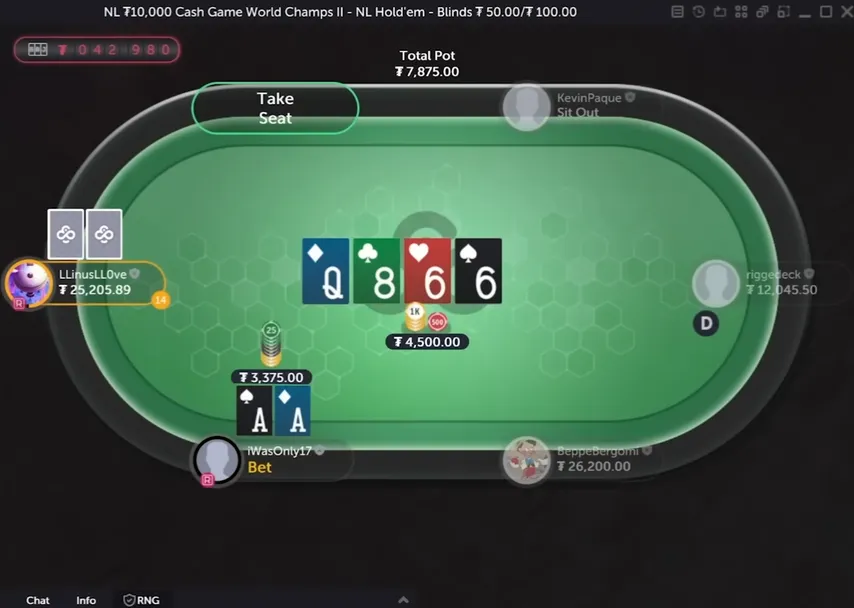
Up until this point, the bets that Barak made with his actual hand were all GTO-approved. On the river , the solver would never bet this small size of 33%. Instead, it would go bigger and get more value with our over-pairs and better.
However, this is where the second skill comes in that you’ll need to win in today’s games: the ability to exploit. This is even more powerful pre-flop on the flop, and also on the turn. It is useful to try to play close to GTO at these stakes.
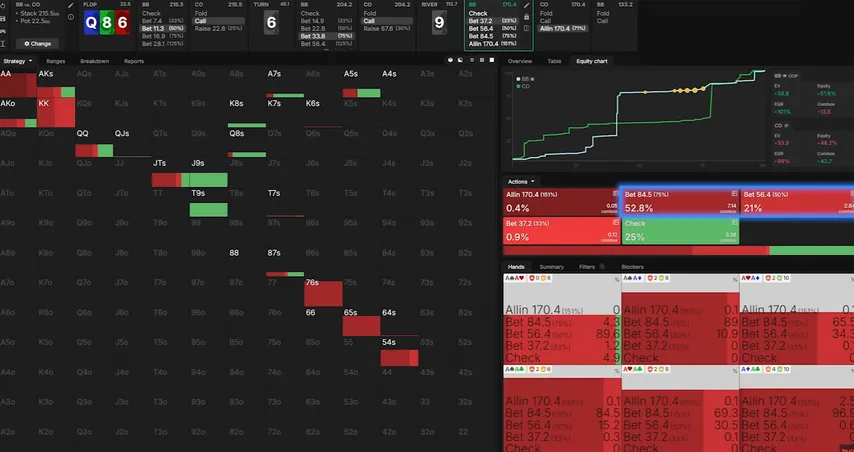
Once we arrive at the river, the chance that both players’ ranges look like what we see in the solver are very low, even for them. It’s simply too complex to know all of them by heart. Here, knowing how to adapt becomes most important. If, for example, Barak had a reason to assume Linus would, for whatever reason, call too many of these pocket pairs against his barrel on the turn, we can input that assumption to the solver.
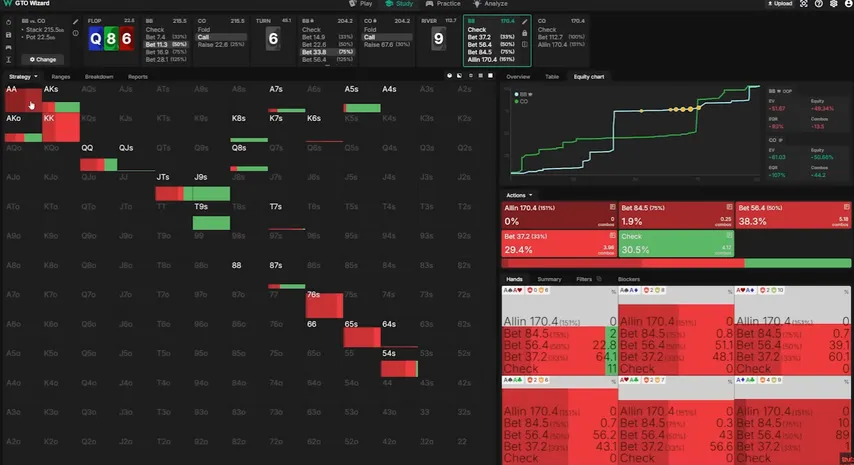
We lock our opponent’s assumed strategy on the turn and see what becomes our best strategy on the river. If Linus did indeed arrive at the river with a lot more under-pairs, it would make us want to bet a smaller size much more often because that would get them to pay us off more often.
We don’t know if this is what is actually the reason behind the play, but this example shows that what our best play is in any spot can easily differ from the first solution that a solver gives us. So, let’s apply that knowledge when deciding what to do against this.
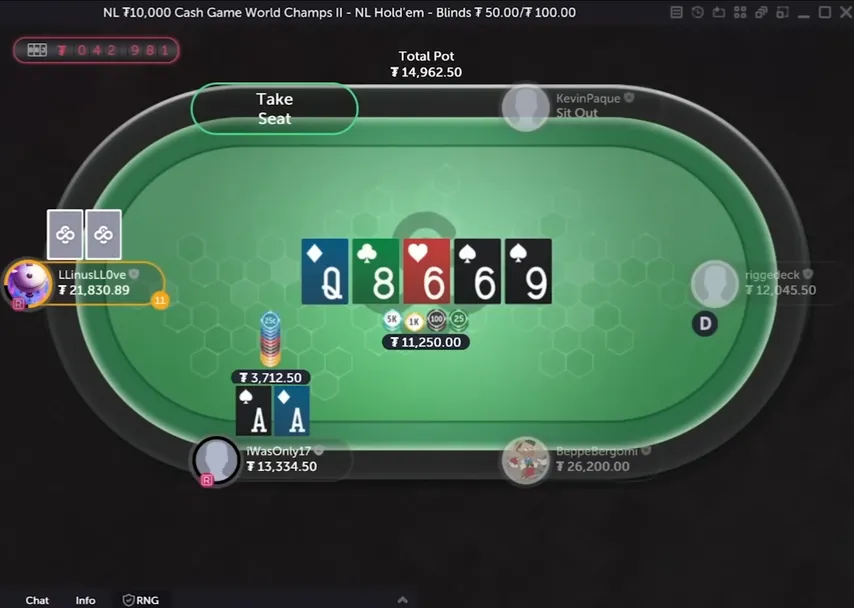
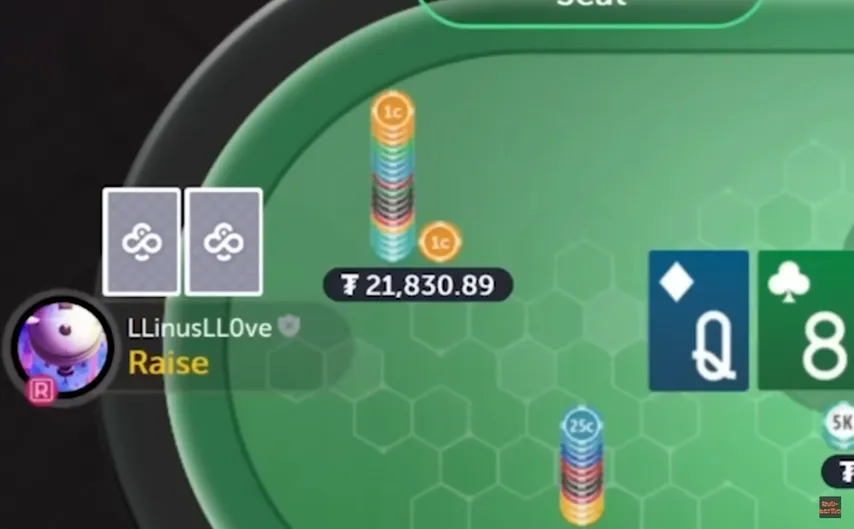
Even though in theory you would have to close your eyes and just call your Aces most of the time, against real opponents, you’re much better served considering whether your opponent would actually find enough bluffs here. If they don't, your hand quickly becomes a fold.
Seeing your opponent jam more aggressively than the solver, play hands that would be too loose to call pre-flop, and barrel more aggressively than GTO says, are good arguments that he would be able to find at least enough bluffs to justify this GTO call. On average, these elite high-stakes players will also be playing closer to GTO than anybody else, and the closer your opponent plays to GTO, the closer you want to play to it too.
But the more they deviate and make mistakes, the more you want to stray away from GTO. On lower stakes, including mid-stakes, real opponents don’t bluff-raise nearly as often as GTO would demand them to. On these stakes, exploitatively folding your Aces would be the better play against most players. Luckily, solvers don’t only tell you the GTO solution for a spot, but they can also tell you what the best strategy is against an opponent that makes a lot of mistakes: a real opponent. You just need to know what inputs to give it. For example, on lower stakes, people already deviate a lot from GTO on the flop.
What do you think players on NL 100 to 500 do differently when they’re in the big blind and face this bet on a flop similar to this? Do they check-raise more often or less often with the following categories in general:
- With trash hands (mostly backdoor draws)
- With bottom pairs
- With draws
- With second pairs
- With top pairs
- With two pair+
What do you think? The answer might surprise you.
On this kind of flop, a medium-high and rainbow texture, we see the average regular check-raise more often in general.
- More often with trash hands (so backdoor draws)
- More often with bottom pairs
- More often with draws
- Less often with second pairs
- More often with top pairs
- Less often with two pair and better
So far, so good. What does that actually mean for us when we are the button in this spot? How would we want to use that knowledge? When we input these findings into the solver, we can get an answer telling us how we could exploit an opponent that plays like this.
When we lower the big blind’s frequency of check-raises of second pairs and two-pair plus, and increase the frequency of bottom pairs, draws, and top pairs, we’ll get the best strategy that we could play as the button. Against such a strategy that is just more aggressive overall, we would want to be more aggressive as well. We would want to three-bet double the amount of the time than we would against the GTO player because doing so directly punishes the big blind's weaker check-raising range. We’d want to fold much less often simply because we have more equity against their range.
As we can see, against real opponents that don’t play GTO, we can already adjust our play and start exploiting on the flop.
Unfortunately, even when a call is good, sometimes you will simply run into the nut part of your opponent's range.
